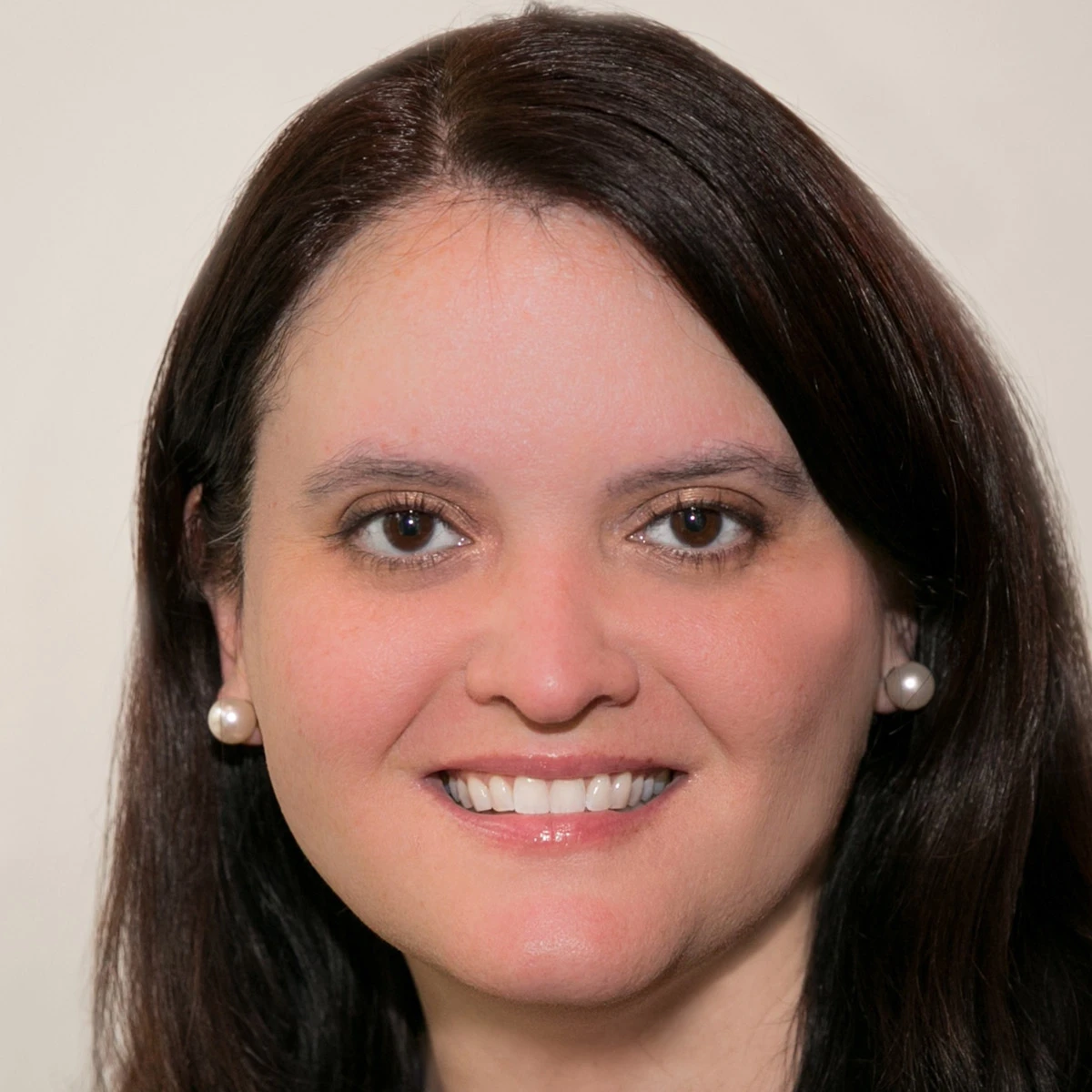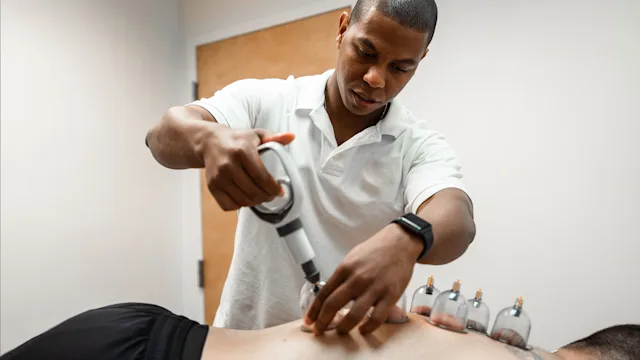Key takeaways:
Dermaplaning is a skin treatment that brightens and smooths your skin by removing dead skin cells and fine baby hair.
Dermaplaning is a very safe procedure when performed by a trained professional.
While dermaplaning can benefit your skin in several ways, studies haven’t shown that it stimulates collagen production or improves skin discoloration.
You may have heard about dermaplaning and want to know more about it. This skin procedure has become a popular way to brighten your complexion and soften your skin. But does it really work? And is it safe to do at home?
We’ll walk you through the basics of dermaplaning and review the many possible benefits of dermaplaning. We’ll also cover the potential risks and who should avoid it, so you can decide if it’s the right procedure for you.
What is dermaplaning?
Dermaplaning is a skin treatment that uses a sharp blade to get rid of dead skin cells and vellus hairs (also called “peach fuzz”). This leads to smoother and brighter skin and can make it easier to apply makeup and moisturizer. Dermaplaning is usually done by a dermatologist, plastic surgeon, or esthetician. It takes less than 30 minutes and doesn’t require any downtime afterward.
Search and compare options
Is dermaplaning different from microdermabrasion or shaving?
Dermaplaning is similar to both shaving and microdermabrasion, but there are some key differences. Here’s an overview:
Shaving: Although it removes hair, shaving doesn’t exfoliate (remove dead skin cells), since it doesn’t use a medical-grade blade.
Microdermabrasion: This exfoliates your skin and treats a dull complexion or dark spots. But microdermabrasion usually removes a deeper layer of skin than dermaplaning. It’s done by a trained professional using a handheld device, and it doesn’t remove hair like dermaplaning does.
What are the benefits of dermaplaning?
There’s a reason dermaplaning has become a popular treatment. Let’s explore what people experience as the benefits of dermaplaning.
It smoothes, softens, and brightens skin
Dermaplaning exfoliates your skin by removing the outer layer of dead skin cells, called the stratum corneum. Your skin exfoliates naturally on its own, but this process slows down as you age. Dermaplaning helps remove some of those extra dead skin cells. This can make your skin appear smoother and softer. The younger skin cells revealed by dermaplaning may also make your skin look brighter.
Makeup goes on more evenly (no caking)
Another effect of dermaplaning is that it removes the fine baby hair on your face called vellus hair. One benefit of having smoother skin without baby hairs is that when you apply makeup, it will look more even and smooth. Many people feel this is one of the most noticeable benefits of dermaplaning.
Moisturizer and other facial products are absorbed more easily
Dermaplaning removes the top layer of dead skin cells. This helps topical creams penetrate your skin more deeply. After dermaplaning, facial creams are able to reach the bottom layer of your skin, known as the epidermis. This can make creams like vitamin C serum and hyaluronic acid more effective.
Read more like this
Explore these related articles, suggested for readers like you.
It decreases the appearance of fine lines
Another benefit of getting rid of the outer layer of dead skin cells with dermaplaning is that it reveals the deeper, younger skin cells. This can reduce the appearance of fine lines. It may also help stimulate more cell turnover, which means more younger cells are created to replace the layer of skin that was lost. Some believe that dermaplaning can also reduce the appearance of wrinkles by stimulating collagen production, but studies haven’t proven that link.
It may reduce acne scars
The effects of dermaplaning on acne aren’t exactly straightforward. If you have any active acne lesions, you should avoid dermaplaning because it can lead to infection and may worsen breakouts. But after an acne breakout has resolved, dermaplaning can help reduce the appearance of scars, at least temporarily.
It provides immediate results
One of the biggest benefits of dermaplaning compared with other more invasive procedures is that you can get results right away. You don’t need to wait to see the effects, and there’s usually no recovery time. So it’s more convenient to schedule.
Is dermaplaning safe?
Dermaplaning is very safe when it’s done by a trained clinician. The procedure isn’t painful, and most people don’t have any side effects. However, dermaplaning may irritate some skin conditions.
Talk with your dermatologist before dermaplaning if you have any of these conditions:
Acne
Rosacea
Very sensitive skin
Cold sore outbreak
Eczema
Psoriasis
What are the side effects of dermaplaning?
When dermaplaning is done correctly, side effects are really rare. Here are some possible side effects associated with dermaplaning:
Mild redness after the procedure
Getting cut by the blade, which could scar
Risk of infection
Discolored skin (lighter or darker than surrounding skin)
Temporarily more sensitive to the sun
Can you dermaplane at home?
You can dermaplane at home, but it’s not recommended. This is because of the risk of cutting yourself, which can lead to permanent scarring.
To lower the chance of side effects and get the most from dermaplaning, it’s best to go to a trained professional. If you’re interested in exfoliating, there are other ways you can do it at home. And if you just want to get rid of the peach fuzz on your face, regular shaving is a good option.
When is it better to see a dermatologist?
Dermaplaning is a good way to make your skin smoother and brighter. But there isn’t much science to back up claims that dermaplaning stimulates collagen or improves dark spots. If you’re looking to treat wrinkles or skin discoloration or permanently remove hair, there are more effective and proven options. Talk with a cosmetic professional to discuss your concerns and treatment options.
Pros and cons of dermaplaning
So we’ve reviewed the main benefits of dermaplaning, like smoother skin and reduced fine lines, and also discussed risks like infection or discolored skin. But you might be wondering about some of the more practical elements of the procedure, like how long it takes and if it hurts.
Here are a few other pros and cons to help you decide if dermaplaning is right for you.
Pros | Cons |
Immediate results with no downtime | Effects don’t last |
Safe, even during pregnancy | Some risks, like getting cut and scarring |
Usually takes under 30 minutes | No studies on long-lasting results |
Procedure doesn’t hurt | Can be expensive (up to $150 per treatment) |
Any skin type can use it | May worsen some skin conditions |
The bottom line
Dermaplaning is a quick and painless way to brighten your complexion and get smoother skin. It uses a sharp blade to remove dead skin cells and fine hair from your face. The benefits of dermaplaning include softer skin, smoother makeup, reduced fine lines, and better absorption of facial creams.
But there are some possible side effects, like the risk of infection. That’s why dermaplaning is safest and most effective when it’s done by a trained professional. Doing it at home isn’t recommended. People with certain skin conditions — like acne or rosacea — may want to talk with their dermatologist before getting dermaplaning.

Why trust our experts?



References
American Academy of Dermatology Association. (n.d.). How to safely exfoliate at home.
American Academy of Dermatology Association. (n.d.). Microdermabrasion: Overview.
National Cancer Institute. (n.d.). Layers of the skin.
Pryor, L., et al. (2011). Dermaplaning, topical oxygen, and photodynamic therapy: A systematic review of the literature. Aesthetic Plastic Surgery.
Tam, C., et al. (2022). A comprehensive review of non-energy-based treatments for atrophic acne scarring. Clinical, Cosmetic and Investigational Dermatology.
















